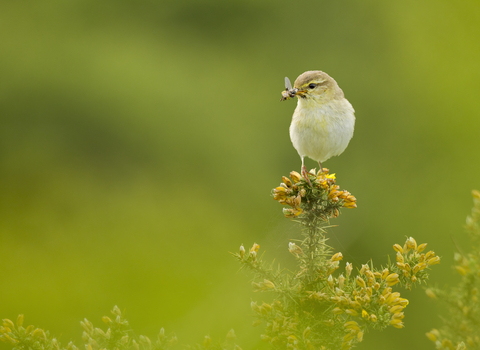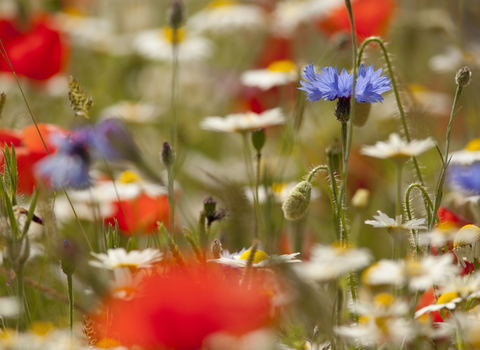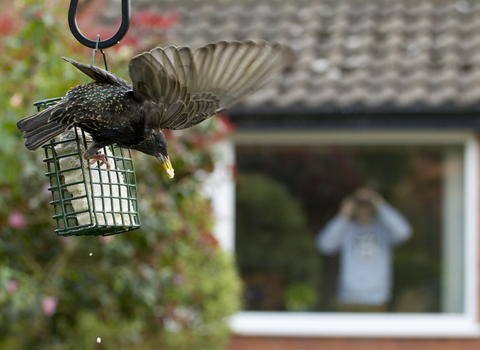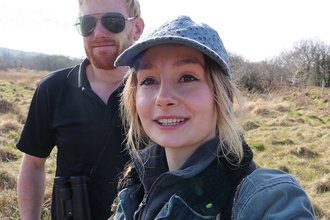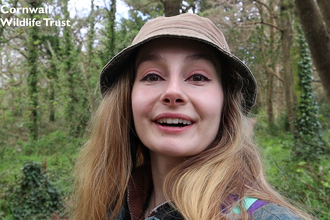As spring progresses, the dawn chorus gets louder and louder, with more species adding their voice to nature’s greatest symphony. May is an amazing month in which to listen to birds, spot insects and keep an eye out for beautiful butterflies.
Here are some of May’s best wildlife species and spectacles to see.
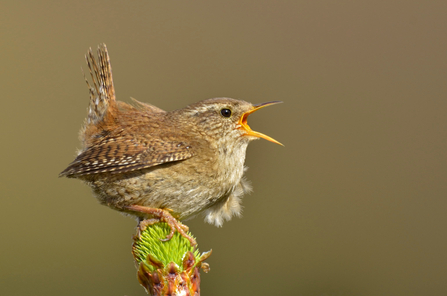
Wren singing in spring, Image by Andy Rouse/2020VISION
Dawn Chorus
The birds started singing months ago, but as spring progresses more and more species add their voices to the choir. Now, early in the month of May, the dawn chorus reaches a crescendo as every breeding bird competes to defend their territory and successfully raise their brood. An early morning walk to your local woods is well worth the effort to experience this audial spectacle in full. Listen out to some of the common vocalists like blackbirds, robins, wrens, chiffchaffs and song thrush.
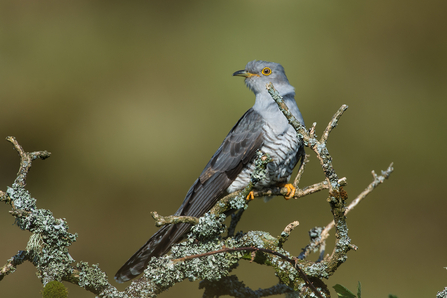
Cuckoo in Cornwall, Image by Adrian Langdon
Cuckoo
The familiar call of the cuckoo is not so familiar these days, but there are still plenty of sites in Cornwall where you can listen for it, including some of our nature reserves like Bostraze in West Cornwall. The male cuckoo arrived a month ago, but continues to call through May, defending his territory from intruders. He tries to keep out of sight however, to avoid being mobbed by other species, particularly those that are used as nest hosts.
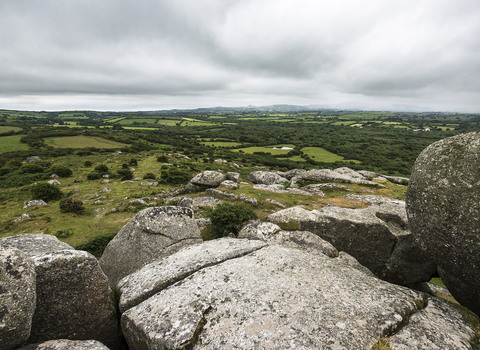
View from Helman Tor nature reserve, Image by Ben Watkins
Helman Tor
This month visit Helman Tor, the largest of our nature reserves at over 600 acres. The rare marsh fritillary butterfly (find out more below) is on the wing from late May – a weak, skittish flier that thrives in this reserve’s wet, tussocky grassland.
Summer migrants have also arrived to rear their young, adding their voices to a spectacular dawn chorus. Listen carefully for the high, insect-like reeling song of the grasshopper warbler and use your binoculars to spot whitethroats and willow warblers.
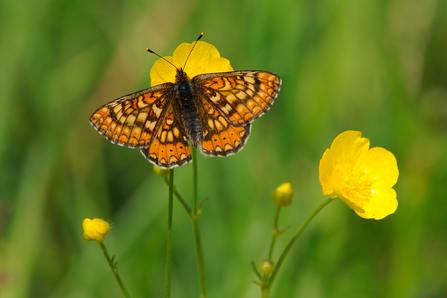
Marsh Fritillary Butterfly, Image by Amy Lewis
Marsh Fritillary Butterfly
The adult butterflies usually begin to emerge in May and can be seen flying into summer. As the name suggests, the marsh fritillary is often found in wet and boggy places, like damp meadows, but can also be seen in a variety of other habitats where there's plenty of sun and scabious for the caterpillars to feed on. Devil's-bit scabious is the foodplant of choice, but they will occasionally eat field scabious or small scabious. For your best chance of spotting one of these rare and threatened animals, visit our Helman Tor and Greena Moor nature reserves.
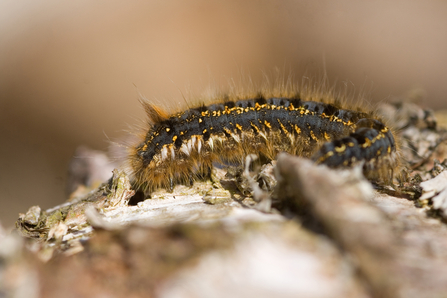
Drinker Moth Caterpillar, Image by Tom Marshall
Big Furry Caterpillars
When going for a walk in the countryside, watch where you step as big hairy caterpillars are starting to appear on paths and other open spaces. It seems like a bad strategy to purposefully set out somewhere you are likely to get trodden on or munched, but basking in the sun speeds up their metabolism so that they can develop more quickly into moths.
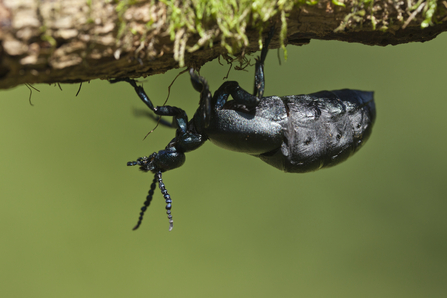
Oil Beetle, Image by Guy Edwardes/2020VISION
Oil Beetle
With their diminished wing cases and distended body, oil beetles appear very different from other beetles. Their enlarged abdomens allow the females to carry more eggs, at the expense of free movement. They can be found at path edges, where they dig burrows to lay eggs. In Cornwall, we have two species: the black oil beetle lives mainly on the coast, while the violet is often found inland, in various habitats.
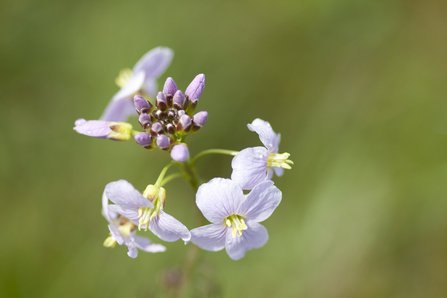
Cuckooflower, Image by Tom Marshall
Cuckooflower
This May, see if you can find a patch of damp grassland by the road which is dotted with cuckooflower (also known as Lady’s Smock). If you do, you may also be rewarded with views of the orange-tip butterfly, which lays its eggs on this flower. Only the males have the orange patches on their wings, but both genders have patterned underwings which set them apart from other white butterflies. Cuckooflower’s pale pink flowers bloom from April to June and are thought to coincide with the arrival of the first cuckoo - a sure sign that spring has arrived at last.
Spring Blogs
Curious about what else can be found this season? Dive deeper into the topic of spring wildlife with our blogs below.

